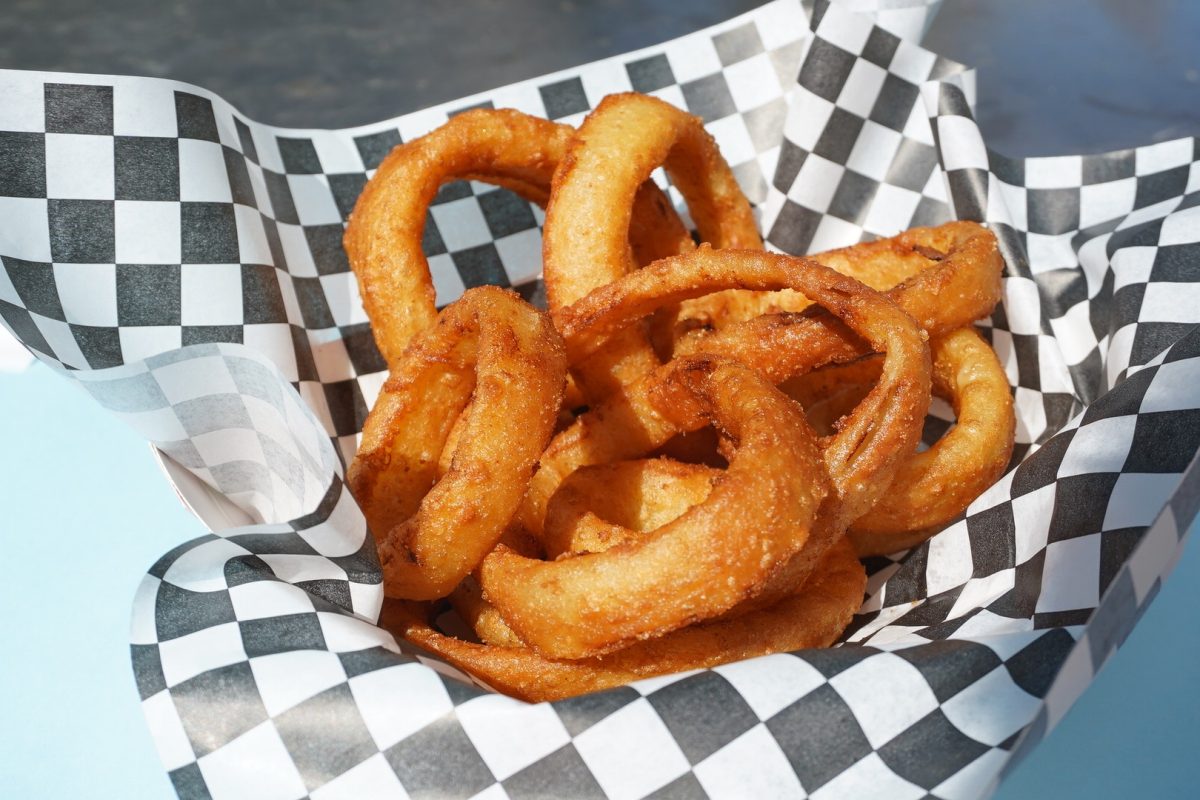I’ve always been the Black girl with a mom who speaks Spanish. Growing up, I gave little thought to the fact that my mom spoke to my siblings and I in English and to my aunts and uncles in Spanish.
It wasn’t until middle school that I realized that I didn’t fit into society’s definition of what being Latino is. That’s when I first faced an identity crisis: I was too Black to be Latino.
The word Afro-Latino is relatively new to me. I never had a name for what I am. In middle school you were either Black, Latino or Hispanic. There was no in-between and you could never be both. But I was. When I told my Hispanic friends I was Latina, they laughed at me and asked me to show them proof.
But what proof did I have other than my mother and her tongue? My mother never spoke to me in her native language — instead she opted to Americanize herself. At home, she spoke English and cooked American meals. But I never felt like she hid her identity. She spoke Spanish to my neighbors and causally to people in the grocery store. People were always shocked by it. “Look at this Black woman with braids speaking fluent Spanish,” they would say. “Who taught her?”
Their shock was surprising considering “…one-quarter of all U.S. Latinos self-identify as Afro-Latino, Afro-Caribbean or of African descent with roots in Latin America,” according to a Pew Research Center survey.
Identifying as Afro-Latino is a complex thing. Afro-Latinos have a unique view of race, according to the Pew Research Center survey. The survey found only 18 percent of Afro-Latinos identified themselves as Black. They also found that 39 percent of Afro-Latinos identified their race as “white alone or white in combination with another race.”
My mom is from Panama, a country with a long history of colorism. It doesn’t surprise me that other Afro-Latinos identify as white when so many Latin American countries have biases against darker-skinned people.
Ronald E. Hall discusses colorism among Latin American communities in the book: “Racism in the 21st Century: An Empirical Analysis of Skin Color.”
“The numerous color gradations (in Latin America and the Caribbean) make it challenging for racially mixed individuals to classify themselves in a color-coded hierarchy,” Hall wrote. “Racially mixed individuals have the opportunity to fall on the lighter end of the color continuum and therefore develop a ‘White’ identity, which is associated with more opportunities and privilege.”
I always felt disconnected from my ethnicity because of my appearance and lack of knowledge of Panama. Not to mention I don’t speak fluent Spanish. I wasn’t Afro-Latino, I was Black.
It was in high school when I started to grow more interested in learning about the other side of me. It was there where I met a classmate, Karina, who was also Afro-Latino.
I felt a sense of community when I met Karina because she was half Panamanian and half Mexican. Even though she spoke fluent Spanish and I didn’t, I felt connected to her. Somehow, I thought she validated me because we had parents from the same place. I could talk to her about the disconnect I felt from Panama.
After a few years of being friends with Karina, she taught me that I didn’t need to prove myself to anyone. She never felt the need to defend her culture against those who questioned her. Watching her, I learned I didn’t need to verify my identity with anyone but myself.
Last summer, I visited Panama for the first time. I was both excited and nervous because I still didn’t feel in touch with that side of me. But once I was surrounded by my extended family, I felt a part of that culture.
Despite the language barrier, I felt close to them as I learned more about my roots. My aunt told me about family history I never knew existed. I learned about my great-uncle who worked on the Panama Canal. My aunt talked about my great-great-grandmother and about the family name (Logan) and how our family originated from the Caribbean.
I also learned Panamanians come in all different colors. I met Panamanians who were of Black, White and Asian descent.
That summer I learned Afro-Latinos are a diverse group of people. I learned I don’t need to validate my ethnicity to others.








Hideurl4You.Com • Nov 8, 2016 at 11:14 pm
A few other important items are an extra quart of oil, a few towels and
a flashlight with new batteries. It’s time we stop hearing the liberals and vote for capitalism.
Pets are amongst the greatest of friends to guy.
http://hideurl4you.com/?oilfilters92432